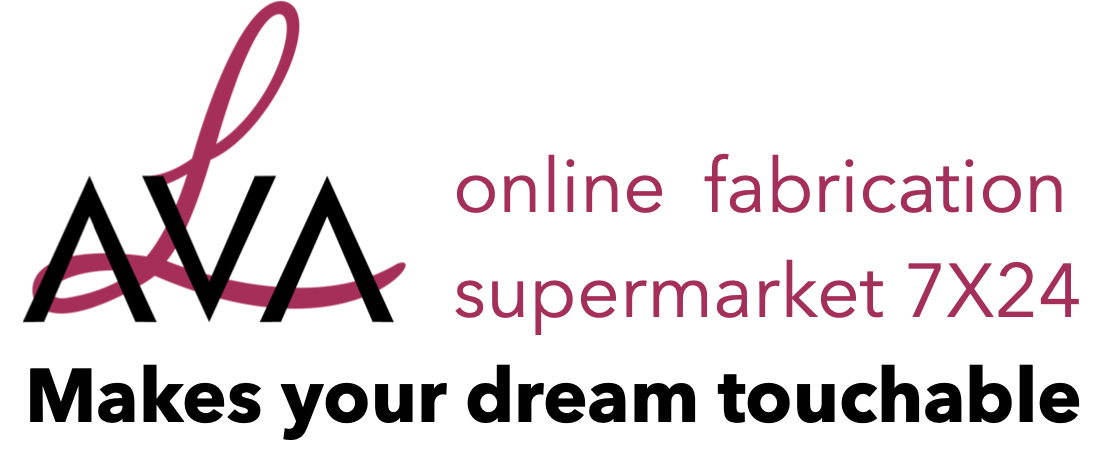3D printing is an innovative technology that allows you to create physical objects from digital models. All you need to do is make a design, transfer the file to a 3D printer, and then turn your object into reality.
The 3D printing process was designed in the 1980s and was originally called “rapid prototyping”. It enables the company to rapidly develop prototypes based on precise specifications. Today, its uses are more diverse. Businesses, educators, medical workers, researchers, and hobbyists use this technology for a variety of different applications.
1.What is 3D printing?
Simply, this is an additive manufacturing (materials are added, not removed).
This is how it works, step by step.
1.Create a digital design: The first stage is to create a digital model in a 3D modeling program (CAD-Computer Aided Design) or using a 3D scanner. Another option is to find a pre-existing 3D model design, for example from a company database or design sharing website.
2.Import: Next, import the design into 3D printing software. The software divides the digital model into several layers and converts these layers into a G-code file, which can be “read” by a 3D printer.
3.Save/Transfer: Files are saved to USB, and the USB is inserted into your machine. Or, you can save the file to the cloud and send it to the printer.
4.3D printing: The last step is to press print. The printer produces layer after layer of material. This forms the finished product. Desktop printers usually use plastic filaments which are fed into the printer and then melted in the print head. This liquid substance is squeezed onto the template. (This may be different in different technologies-this will be explained in detail later.)
2.What is 3D printing used for?
3D prints can be used in several different ways, across many different industries. These are just a few examples.
Product development
It’s not easy (or cheap) to develop a product. Having an in-house desktop 3D printer enables businesses to test out different iterations, at a lower cost.
On-demand manufacturing
Manufacturing companies have to be reactive to their clients’ needs. 3D printing lets packaging company Gerhard Schubert GmbH develop customized tools on demand, helping them to offer a more responsive, adaptable service for their clients.
Explaining complex concepts
Architects and designers like Dubai-based Killa Design create detailed 3D models to showcase complicated designs to contractors, manufacturers, and engineers. This ensures everyone has full understanding of the project.
3.Different types of 3D printing technology
There are several different types of printing technologies. The most widely-used are:
Stereolithography (SLA)
This was the first 3D printing technology to be developed. It uses a stereolithography apparatus to transform liquid material into a solid printed object. Digital light processing (DLP) is very similar.
Selective laser sintering (SLS)
Selective laser sintering is similar to stereolithography, but uses powdered material (stereolithography uses a liquid resin). Selective laser melting (SLM) is a subcategory of this type of 3D printing process, and Electronic Beam Melting (EBM) is another, though it uses an electron beam instead of a laser.
Fused filament fabrication (FFF) or Fused Deposition Molding(FDM)
The filament is heated through a nozzle, then deposited on the build plate below. FFF builds the printed object up, layer by layer, using a heated thermoplastic filament.

